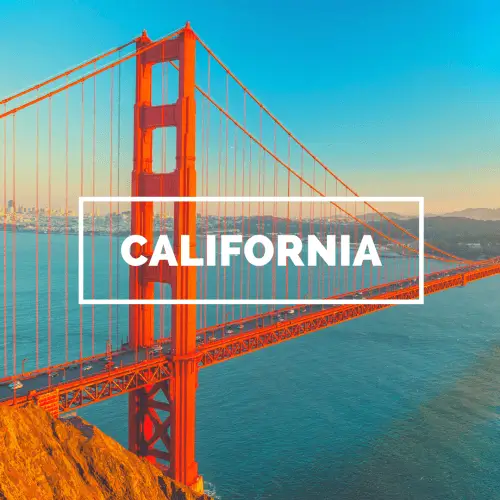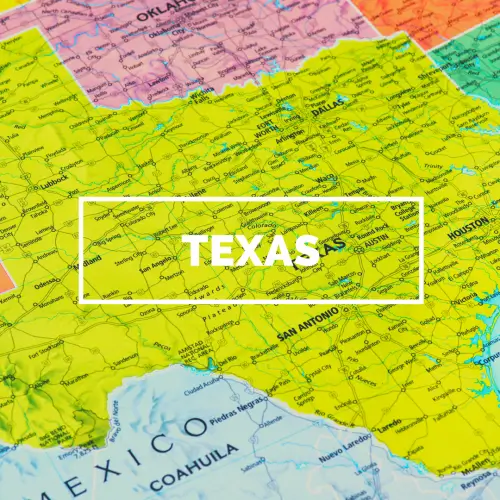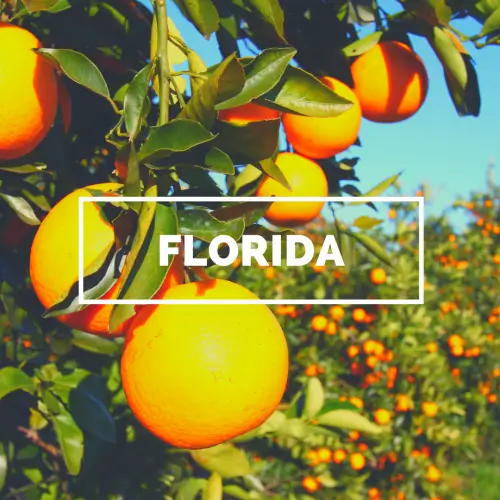Things you should know when shipping a car to Hawaii

Lila Claybourne
Jul 27, 2022

What To Know When Shipping a Car to Hawaii
Hawaii is an amazing destination for both tourists and residents. The fact that the wonderful nature, volcanoes, beaches and amazing adventures are all available across the islands, make Hawaii a unique and attractive destination for thousands of people.
Since it's a U.S state, traveling to Hawaii is not much different from taking a plane to any other city in the nation for U.S citizens and residents. Also, relocating there is exactly the same as moving to another state, yet, a large distance between the island and mainland is the only thing that differentiates it.
Hawaii is located almost 2,000 miles away from the nation’s mainland, crossing the Pacific Ocean. That said, the only way of traveling to Hawaii is by plane or by ship, since there are no highways or terrestrial routes available to get to the island.
As such, everything that is shipped to Hawaii, is transported by air or water transport systems. And, since Hawaii is so incredibly surrounded by spectacular landscapes, oceans, mini islands, cities, outdoor adventures, and more, driving a car to get to each key spot is highly recommended in case you’re planning to relocate or stay for a long period of time on the island.
Preparing Your Car for Shipping
Getting your car ready for its island adventure is crucial. Here's a step-by-step guide:
Clean Out and Declutter: Remove all personal belongings from your car. This includes loose items in the trunk, glove compartment, and console. Car shipping companies strictly prohibit personal items for insurance and security reasons.
Fuel Up (Strategically): Leave only a quarter tank of gas in your vehicle. This minimizes fire risk during transport and complies with shipping regulations.
Clean Inside and Out: Give your car a thorough wash, including the interior and exterior. This allows you to document any pre-existing scratches or dents for insurance purposes. Take high-resolution photos of your car from all angles as a visual record of its condition.
Secure Loose Items: Tighten up any loose parts in your car, such as hood ornaments or rearview mirrors. Ensure all fluids are topped up for optimal engine performance during transport.
Disable Alarms: To prevent battery drain during the long journey, disconnect your car alarm system if possible. Consult your car's manual for proper instructions.
Shipping Options Comparison
There are two main methods for shipping your car to Hawaii: containerized shipping and roll-on/roll-off (RoRo) shipping. Here's a breakdown to help you choose:
Containerized Shipping:
Pros: Offers superior protection for your vehicle from the elements and potential damage during loading/unloading. Ideal for classic cars or luxury vehicles.
Cons: Generally more expensive than RoRo and may have limited availability on certain routes.
Roll-on/Roll-off (RoRo) Shipping:
Pros: The most cost-effective car shipping option to Hawaii. Your car is driven onto a transport ship and secured for the voyage.
Cons: Your car is exposed to the elements on deck. Less protection compared to containerized shipping.
Hawaiian Port Guide
Knowing your destination port can streamline the car shipping process. Here's an overview of major Hawaiian ports:
Hilo Port (Island of Hawaii): Located on the eastern side of the Big Island, ideal for those settling in Hilo or exploring the island's volcanic wonders.
Honolulu Harbor (Island of Oahu): The busiest port in Hawaii, perfect for those headed to Waikiki or points on Oahu.
Kahului Harbor (Island of Maui): The main port of entry for Maui, conveniently located for exploring all regions of the Valley Isle.
Kaunakakai Harbor (Island of Molokai): The primary gateway to Molokai, offering a more relaxed and secluded Hawaiian experience.
Lanai City Harbor (Island of Lanai): The entry point for Lanai, known for its luxurious resorts and rugged landscapes.
Nawiliwili Harbor (Island of Kauai): Situated on Kauai's south shore, perfect for those venturing to explore the Garden Isle's lush rainforests and dramatic coastlines.
Post-Arrival Steps
Once your car arrives in Hawaii, here's what to do:
Vehicle Inspection: Carefully inspect your car for any damage sustained during transport. Refer to the photos you took before shipping to identify any discrepancies.
Registration in Hawaii: You'll need to register your car in Hawaii within 30 days of arrival. This involves a safety inspection, emissions test, and registration fee payment.
Adapting to Local Driving Regulations: Familiarize yourself with Hawaii's specific traffic laws and road signs. Be aware of speed limits, designated turning lanes, and unique road markings.
Cost-Saving Tips for Car Shipping
Here are some strategies to save money on shipping your car to Hawaii:
Book in Advance: Scheduling your shipment well in advance allows you to secure better rates, especially during peak seasons.
Choose the Right Shipping Method: Consider the cost-effectiveness of RoRo shipping compared to containerized shipping if your car is standard and doesn't require premium protection.
Throughout this guide, we've mentioned the importance of choosing a reliable car shipping company. AmeriFreight is a trusted leader in Hawaii car transport offering competitive rates, exceptional customer service, and a proven track record of safe and secure vehicle delivery. Visit our dedicated Hawaii car shipping page here: https://www.amerifreight.net/hawaii-car-shipping to learn more about our services and get a free quote!
Real User Experiences and Ratings
Choosing a car shipping company can feel overwhelming. While AmeriFreight maintains excellent customer satisfaction ratings, understanding the broader landscape can be helpful. Consider customer review websites like the BBB Transport Reviews, or Google to see real user experiences with different car shipping companies. Additionally, industry publications like Car and Driver or Consumer Reports may offer reviews and comparisons of car shipping services.
When evaluating companies, be wary of unusually low quotes, which could be a red flag for hidden fees or unreliable service. Look for companies with a strong online presence, transparent pricing structures, and positive customer reviews.
Remember to bring:
A government-issued picture ID
A copy of your car’s title and current registration
Your AmeriFreight order confirmation and booking number
A letter on official letterhead from any title or holder authorizing the shipment
Notarized proof of power of attorney from any second owner listed on the title
Shipping your car to Hawaii can be a seamless experience with the right preparation and partner. AmeriFreight is here to guide you through every step of the process, ensuring your car arrives safely and on time so you can start exploring the beauty of Hawaii without delay. Contact AmeriFreight today for a free quote and experience the Aloha difference!
Related Posts
















